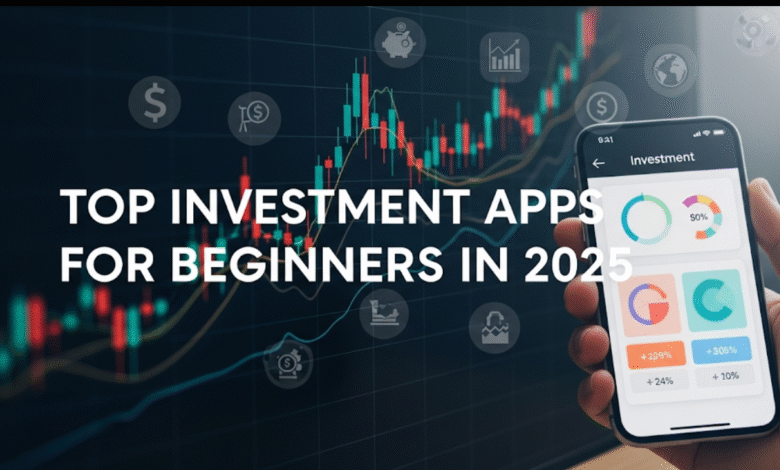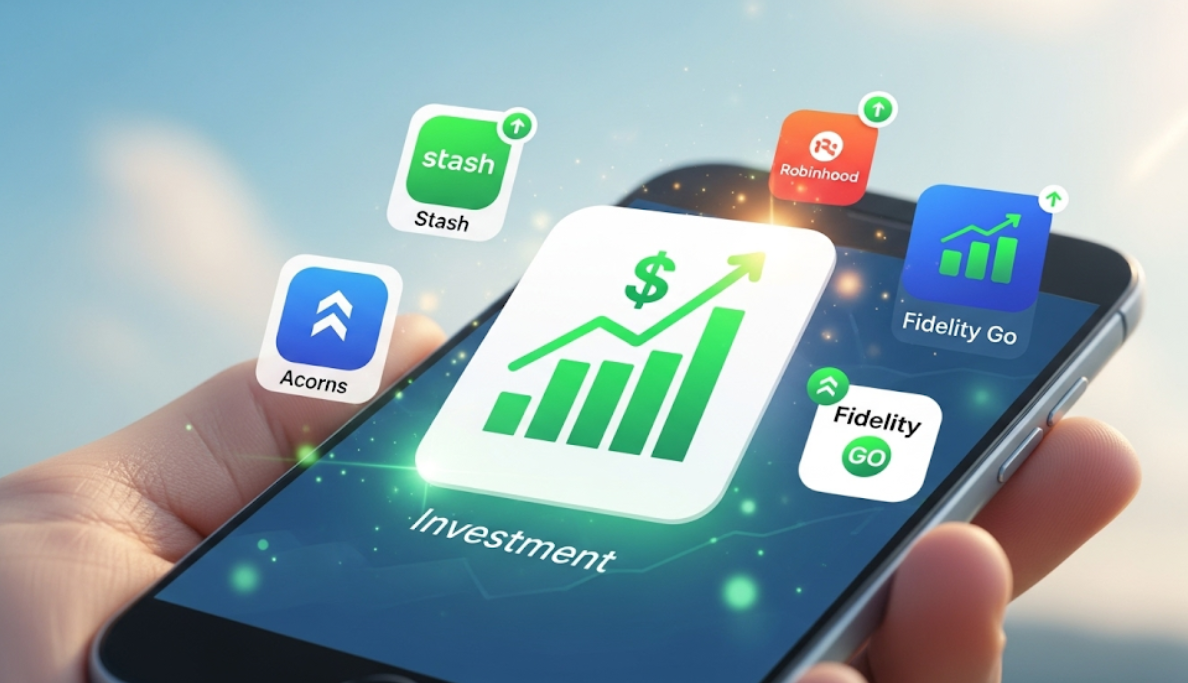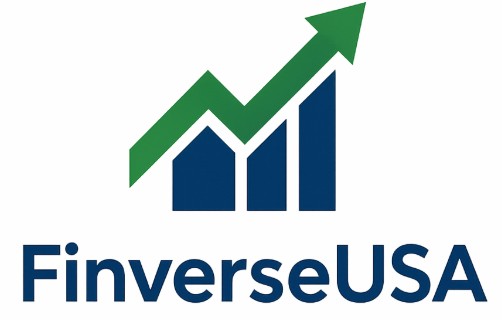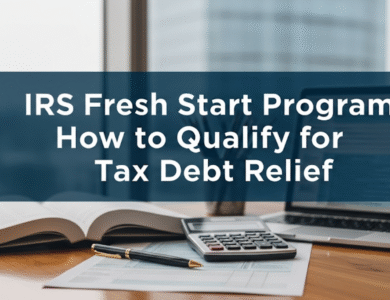
Top Investment Apps for Beginners
The very beginning of your investment journey can feel scary, in part because you’re staring at complex charts and a bevy of confusing financial terms. But the good news: 2025 has given us some terrific investment apps that make buying stocks, bonds and other investments as simple to do as ordering food online.
If you only have $5 to spend on an investing app, or are investing with $500,000, there is an app specifically tailored your way. No fancy finance degree needed — just your smartphone and a willingness to grow your money over time.
In this guide we’re going to walk through these best investment apps for beginners, what makes each one special, and how you can separate the great apps from the bad. By the end, you’ll know which app fits your style and budget.
Why New Investors Should Embrace Mobile Investment Apps
No longer do you need thousands of dollars and a suit-wearing, money-managing, upstanding broker to start investing. The game for beginners is completely different with today’s investment apps.
These apps provide multiple significant advantages that just aren’t possible with traditional investing methods. First off, many of them allow you to start with tiny amounts of money — like the loose change you can set aside from your coffee purchase. Second, they’re user-friendly to beginners, with straightforward interfaces that do not inundate new investors with the expertise-intensive trading options they might not yet need.
Most have added in educational resources, like articles, videos and even mock trading, with virtual money. And because they’re available 24/7 directly from your pocket, you can check in on — or even execute trades for — your investments whenever the time is right for you.
The fees are usually well below those charged by traditional brokers as well. Old-school investment firms could cost $20-50 per trade, but many of today’s apps have trading for free or commission-free, letting more of your money work in actual investments and not fees.
Also Read – How to Start Investing With Just $100
What to Look for in a Great Beginner Investment App
Before we get into our top recommendations, let’s discuss what makes the best beginner apps stand out from the rest of the pack.
Low or No Minimum Investment: The top apps for beginners don’t want you to invest hundreds or thousands of dollars just to open your account. Some even allow you to start with $1.
User-Friendly: You should not need a manual or guide to figure out how to buy your first stock. The best beginner apps have clean, intuitive designs that click immediately.
Educational Resources: Just like teaching yourself to drive a car, learning by doing is key for new investors. The best apps offer articles, videos, classes and more to help you learn what you’re doing.
Low Fees: High fees can be a drag on your returns, especially when you’re beginning with smaller amounts. They tend to charge no trading fees or at least lower fees.
Good Investment Options: As a beginner, you shouldn’t settle for very limited options when it comes to investing in stocks, ETFs, and other types of investments.
Security: Your personal and money information should be safe with the same security features as that of the banks.
Customer Support: You’re going to have questions (you will), and you’ll want help to be readily available.
Best Investment Apps for Beginners in 2025
Robinhood: The Original Free Trade App
Robinhood was the company that deserves the credit for igniting the commission-free trading revolution that compelled the entire industry to alter its ways. It’s unsurprising, then, that this app still ranks among the most popular recommendations for people who are just starting to invest.
The interface is extremely accessible — you can make purchases with a couple of taps. There’s no minimum account balance and you can even purchase fractional shares of expensive stocks like Amazon or Google for as low as a dollar. This feature alone has the potential to help diversify your portfolio with even a small investment of money.
Robinhood also provides a cash management account which pays interest on uninvested cash, turning the app into something of a one-stop financial hub. The app does offer some rudimentary research tools and market news to keep you informed.
That said, the Robinhood platform is a little short on educational resources when put up against some of the competition. If you want something that’s more than just a simple trading platform and you know you learn the best with lots of additional learning materials to support you, then this might not be the best one for you.
Best For: Beginners who don’t need a lot of guidance and want the absolute lowest costs.
Also Check – Top Mutual Funds That Beat Inflation in 2025
Fidelity: Traditional Powerhouse Goes Mobile
Fidelity was first established in 1946, but its mobile app syncs decades of investment expertise into a convenient, user-friendly experience. So it’s this combination of experience and innovation that makes it among the best options out there for beginners looking to get into something simple yet deep.
The app provides commission-free trading in stocks and exchange-traded funds, without account minimums. What really sets Fidelity apart is their outstanding research features, providing users with professional grade tools and market research so even active traders can get everything they need.
Fidelity has one of the best educational resources in the industry. They have webinars, articles, courses — even one-on-one sessions with financial advisors. And for beginners who want to learn the ins and outs of investing: priceless.
The app also offers strong customer service, by phone, chat, and email. When you’re just getting started and have tons of questions, this level of support can make all the difference.
Best For: Beginners who wish for comprehensive educational resources and are fine with a more complex interface in return for some powerful features.
Acorns: Micro-Investing Made Simple
Acorns is a whole new idea in investing that we like very much as an option for those who don’t want to save a set amount of each paycheck. Instead of having to make those decisions on your own, Acorns does the work for you.
Here’s how it works: you link your debit and credit cards to the app, and every time you buy something, Acorns rounds it up to the nearest dollar and invests the spare change. Buy a coffee for $4.30? The remaining 70 cents will be put into an investment account for you by Acorns.
It sounds like small amounts, but they can quickly add up. For many it’s $20-50 per month without even realizing. The app also allows you to establish recurring investments if you would like to invest larger amounts on a regular basis.
Acorns will invest your money for you in diversified portfolios of exchange-traded funds based on your risk tolerance. That means you don’t need to research individual stocks or stress over how to construct a balanced portfolio — the app does all of that for you.
On the downside, Acorns comes with a monthly fee ($3-12 depending on your plan), which can eat into that fee when you have a low balance. But for individuals who tend to flounder when it comes to saving and investing the old-fashioned way, the automatic features are worth it.
Best For: Newbies who don’t feel comfortable juggling a lot of investment decisions (and who may have trouble saving regularly).
Stash: Invest. Learn. Save.
Stash fills the space between basic automatic investing and stock picking. It’s designed for complete beginners who want to learn about investing by doing it in real life.
One of Stash’s strong suits is the way that it presents investment choices. Stash doesn’t bombard you with confusing ticker symbols and company names; instead, it classifies the investments according to themes and concepts that make sense to you. For example, you might look at “Clean & Green” (environmental companies) and “Delicious Dividends” (food companies that are also dividend payers).
This method streamlines the process for beginners who want to understand what they own and why it’s a good addition to their investments. Educational content underlies each investment option, providing more information about the concept and the companies behind it.
Stash also allows for fractional shares so you can invest in expensive stocks with relatively small amounts of money. The app features a debit card that rounds up purchases and invests the spare change, similar to Acorns.
Its educational offering is particularly strong, offering regular articles and explanations, hints and tips from inside the app. Stash really is made to teach you about investing, not just take your money.
Stash charges monthly fees ($3 to $9) similar to Acorns, but many users say the education and straightforwardness make the fee worth it.
Best For: Beginners seeking an easy-to-use platform that is full of unique investment ideas while learning along the way.
Public: Social Investing with Transparency
Public adds a social media twist to investing that can be especially valuable for new investors. The app allows you to follow other users and see what stocks they are buying and selling, and their reasons behind each movement.
This transparency can be educational — you can learn from more experienced investors by watching their strategies and reading their explanations. Public has a strong social network component as well, in which users share research, talk about trends in the market, and help one another learn.
The app provides commission-free trading of both stocks and exchange-traded funds, and offers fractional shares for high-priced stocks. Public also offers some nice basic research tools and market news to help you make those decisions.
One unique feature that is great is that Public shows you how they make money — mainly by payment for order flow — which is more transparent than a lot of other apps. This openness creates trust, which is especially important when you’re new to investing.
Public also includes more sophisticated features, such as options trading, for people who later want to delve into more intricate strategies, but those are optional and don’t clutter the basic experience.
Best For: People who like to have a bit of transparency about what their investment app is up to and like to learn by community.
Comparing Investment App Features
| App | Minimum Investment | Monthly Fee | Fractional Shares | Educational Resources | Best Feature |
|---|---|---|---|---|---|
| Robinhood | $0 | $0 | Yes | Basic | Simple interface |
| Fidelity | $0 | $0 | Yes | Excellent | Research tools |
| Acorns | $5 | $3-12 | Yes | Good | Automatic investing |
| Stash | $5 | $3-9 | Yes | Excellent | Themed investing |
| Public | $0 | $0 | Yes | Good | Social features |
How to Pick the Right Investment App for You
Choosing the best investment app for you comes down to your personal situation, goals and learning style. Here are a few questions that can help you choose:
How much do you have to begin? If you are working with very small sums (less than $100), apps with monthly fees may not be your best initial choice. You may be better off with Robinhood, Fidelity or Public.
Do you prefer to learn actively or invest passively? If you’re someone who just wants to invest and not think about it, with everything automated, well, Acorns is right there. If you’d like to do research on individual stocks and make your own decisions, you might consider Fidelity or Stash.
How much does education matter to you? Fidelity and Stash are the best in terms of educational resources, while Robinhood tends to put simplicity over education.
Do you like to learn from other people? Public’s social features could be valuable if you appreciate community interaction and learning from others’ experiences.
Do you think you’re going to forget to invest? If you’re an individual who always intends to save money, forgets and then regrets it, Acorns’ automatic features will take care of that completely.
Check This Also – Secrets to Building a Millionaire Portfolio
Getting Started: Your First Steps
Once you’ve selected an app, here’s how to start off on the right foot:
Start Small: You don’t have to invest big, if at all, right away. The vast majority of successful investors began as small, incremental owners that built up a position over time.
Start diversifying early: Even if you just have a little to invest, spread it out among different types of companies and industries. This is easier with ETFs, which automatically give you diversification.
Keep Learning: Make the most of whatever educational resources your app of choice offers. The more you know, the better your long-term outcomes will be.
Keep a Steady Hand: Investing regularly, even small amounts, is a greater force than making larger, less frequent investments in an attempt to time the market.
Don’t Panic: Prices of stocks go up and down — it is all perfectly normal. Instead of worrying about the price gyrations that occur every day, focus on where you’re going in the long term.

Common Mistakes to Avoid
New investors are prone to the same mistakes all over. Here’s how to avoid them:
Trying to time the market: No one can continually predict short-term prices. Time in the market beats timing the market.
Putting all of your money in one stock: This is very risky. Diversify your investments across companies and sectors.
Checking your portfolio too much: Ignore the ups and downs of prices over days. Constant checking can also result in emotional decision making.
Chasing hot tips without doing research: Just because someone on social media says a stock is going to “moon” does not make it true. Do your own research.
Investing money you’ll need soon: Only invest money you don’t expect to need for at least a few years. Emergency funds belong in savings accounts.
The Future of Investment Apps
Investing apps are changing fast. We’re also seeing greater integration with artificial intelligence to offer personal advice, better educational tools that adjust to the way you learn and more powerful automation features.
Many apps are also beginning to offer more than just stock trading, and are providing complete financial services like banking, budgeting tools and retirement planning. This move toward all-in-one financial apps allows you to manage the entire spectrum of your financial life in a single space.
You are benefiting from the competitive world of apps — companies are always improving features, reducing fees and adding ways to make investing more accessible and educational.
Frequently Asked Questions
Q: How much money should I have to get started investing? A: There are many that allow you to start with a minimum deposit of $1-$5. But having $50-100 to start with also gives you more options for diversification and lowers the impact of fees.
Q: Are investment apps safe? A: Yes, the reputable investment apps have bank-level security regulations and adhere to the rules of the SEC and FINRA. And your investments are usually covered, up to $500,000, by SIPC.
Q: Can I lose all my money? A: All investing is risky, but there’s very little chance that you lose everything if you diversify correctly. Don’t put all of your money into a single stock, and concentrate on long-term investing instead of day trading.
Q: Do I have to pay taxes on my investments? A: Yes, you would be required to pay taxes on any gains when you sell investments or on dividends you receive. Most apps provide tax documents that help you file.
Q: Should I use multiple different investment apps? A: As a rule of thumb, start with one app and learn it well. You can always expand into multiple apps later as you become more sophisticated.
Q: How often do I need to monitor my investments? A: For long-term investors, once a month is more than enough. When you check in daily, it can be easier to make emotional decisions that hurt your portfolio returns.
Q: How are stocks different from ETFs? A: Stocks are individual shares of ownership in a single company; ETFs are baskets of many stocks (or bonds). As ETFs already provide instant diversification, beginners favor them as a good long-term investing strategy.
Conclusion: Your Journey to Investing Begins Here
Investing success isn’t about picking stocks, or timing the market; it’s getting started. In 2025, the investment apps now on the market have stripped away just about every obstacle that had long prevented people from getting started with investing.
Whether you’re drawn to Robinhood’s simplicity, Fidelity’s educational resources, Acorns’ automation, Stash’s themed investing or Public’s community features, you’ll be taking a key step toward a little bit more financial independence.
Keep in mind that even the most successful investor began where you are today. The key is to start, remain consistent, keep learning and let compound interest work its magic over time. Your future self will be grateful that you did!
The best investing app for you is one you’ll actually use on a regular basis. Choose what’s right for you and your situation, take the first step by downloading it today and start your path to creating long term wealth! The sooner you start, the more time your money has to compound.
Also Read – Best Retirement Plans for Millennials & Gen Z

